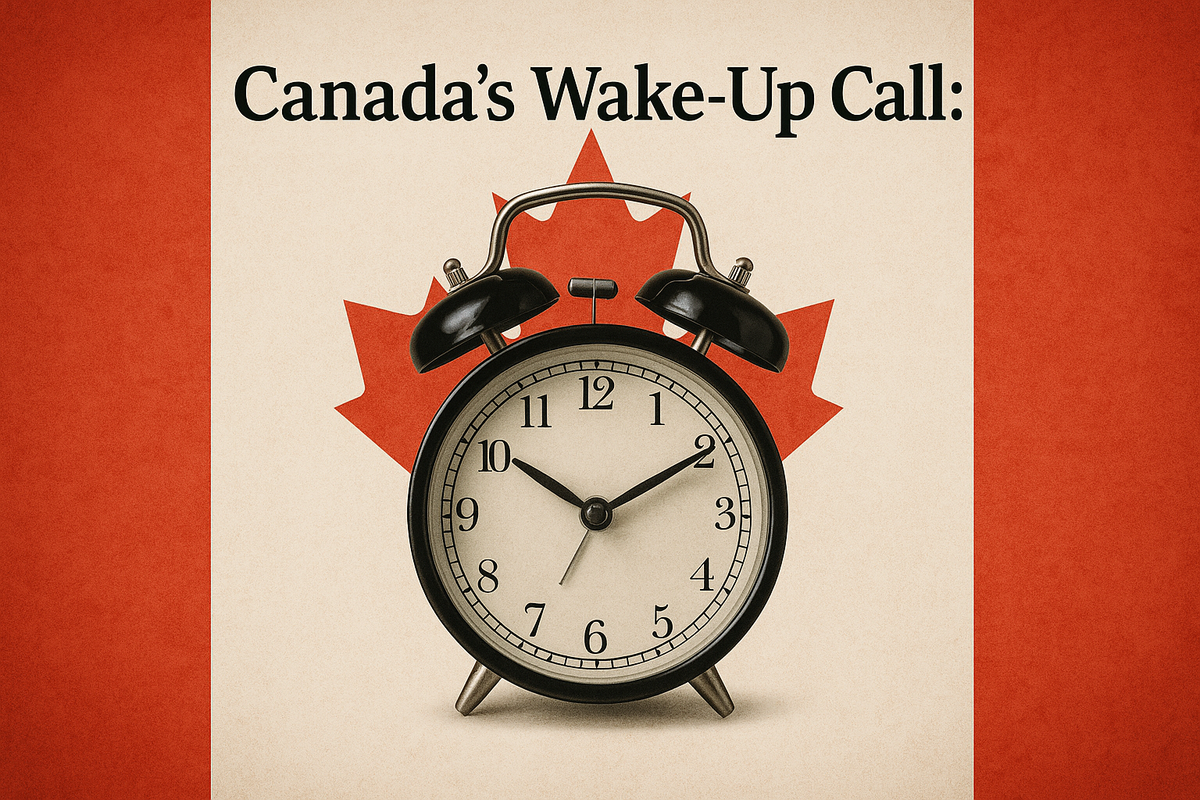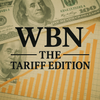
By Rob Arthurs | Certified Business Mechanic & Global Trade Strategist
The much-anticipated meeting between Prime Minister Mark Carney and U.S. President Donald Trump wasn’t just a political formality — it was a cold, hard slap of economic reality.
While the optics suggested diplomacy, the undercurrent was crystal clear: the U.S. is doubling down on tariffs, and Canada is being pushed further down the priority list in America's "America First" doctrine. Trump even floated the outrageous idea that Canada should become the 51st state — to which Carney reportedly replied, “Canada is not for sale.”
That wasn’t just a line. It was a line in the sand.
📰 Source: www.apnews.com/article/c279642998197ecb212f39bf38184388
🇨🇦 What Does This Mean for Canadian Entrepreneurs?
It means we’re done being reactive. If you’re still building your business around U.S. trade stability, you’re gambling with your future. The United States has made it clear: trade will be dictated by political convenience, not long-standing partnerships.
According to the Bank of Canada, sustained U.S. tariffs could trigger credit defaults, reduced household consumption, and a deep financial contraction, especially for companies overly exposed to cross-border costs.
Meanwhile, Trump’s administration continues to boast about the billions collected from tariffs — treating Canadian businesses like collateral damage.
📰 Source: www.apnews.com/article/02986c700a2d46c8b1ba85afe77d139f
🔧 What Should Canada — and Canadian Business Owners — Do Next?
1. Diversify Trade Relationships Immediately
Leverage our 50+ free trade agreements with countries across Europe, Asia-Pacific, Africa, and Latin America. These agreements are active, open, and offer tariff-free opportunities many Canadian businesses ignore.
2. Host and Attend International Trade Shows (Here in Canada!)
In the next 90 days, Canada will host top-tier expos in energy, tech, manufacturing, and healthcare. These are opportunities to meet global buyers who want Canadian-made goods — and can purchase them without U.S. interference.
3. Build Redundancy in Your Supply Chain
Source raw materials and ingredients directly from overseas. Stop buying through U.S. middlemen who only add margin and volatility.
4. Brand Canada as a Premium Standard
We employ some of the most highly trained, ethical, and innovative workers in the world. From clean tech to natural health to advanced engineering, our reputation is global. Own it. Market it. Monetize it.
⚠️ The Bottom Line
The Carney–Trump meeting was not a reset — it was a reality check.
Canada cannot — and should not — tether its economy to the whims of Washington.
The entrepreneurs who thrive next will be those who:
- Look outward rather than south
- Invest in global relationships, not just cross-border transactions
- And understand that the future of Canadian trade belongs to the bold, not the compliant
Rob Arthurs
Certified Business Mechanic | Global Trade Strategist
📍 North Vancouver, BC
📞 604-202-4641
✉️ rob@robertarthurs.com
🌐 www.robertarthurs.com
#North American Trade #Canada Trade #Entrepreneurship Canada #Trade Diversification #Canadian Exports #SMEs #Global Markets #Tariff Impact #Trade Resilience #Canada Business #Export Ready#Robert Arthurs International




